About Hanging Scrolls/Kakejiku The hanging scroll, originally introduced from China as a form of Buddhist painting, evolved over time to become a key element of indoor decoration in Japan. It gained prominence in settings such as tea ceremonies, traditional events like the Boy’s Festival in May, and seasonal celebrations.
In a typical Japanese home, the Tokonoma, a recessed space where the hanging scroll is displayed, serves as the heart of the household. This area holds significant cultural importance as it is used to welcome and honor guests.
As hanging scrolls became more widespread, they developed into a cherished medium for showcasing and appreciating the essence of Japanese aesthetics. They often depict seasonal landscapes or auspicious symbols, reflecting and celebrating the beauty of Japan within the home.
Mt. Bandai Mount Bandai, located in Fukushima Prefecture across the towns of Inawashiro, Bandai, and Kitashiobara, is an active volcano standing at 1,816 meters. From the Aizu Basin side, its beautiful triangular peak is visible, earning it the nickname “Aizu-Fuji” or, as it is called in local folk songs, “Aizu-Bandai-san.” Recognized as one of Japan’s 100 Famous Mountains, it is also considered a symbol of Fukushima Prefecture.
Specification ・Material/ Hand-painted on:Washi paper , Mounting:silk , Jikusaki at the bottom:pottery , Box:paulownia
・Size/ Hanging scroll:W68×H138cm , Box:W10×H77.5×D10cm
・Weight/ 1600 g
・Made in Japan
ONE-OF-A-KIND-PIECE

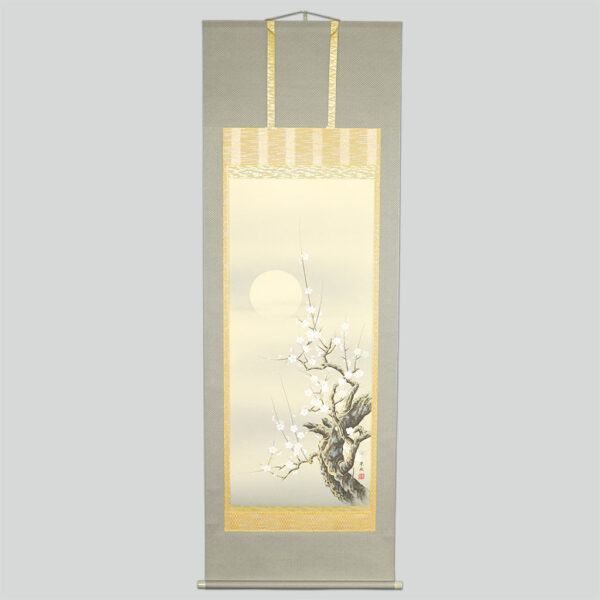
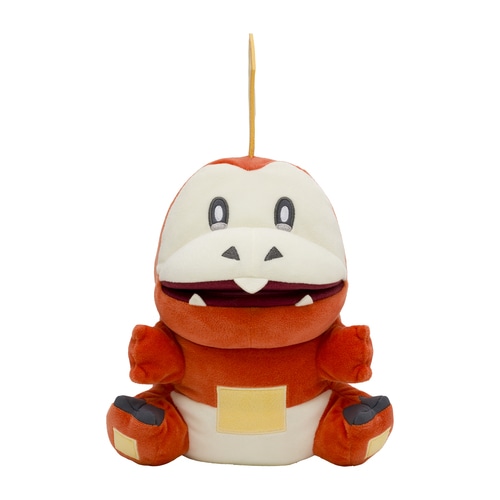
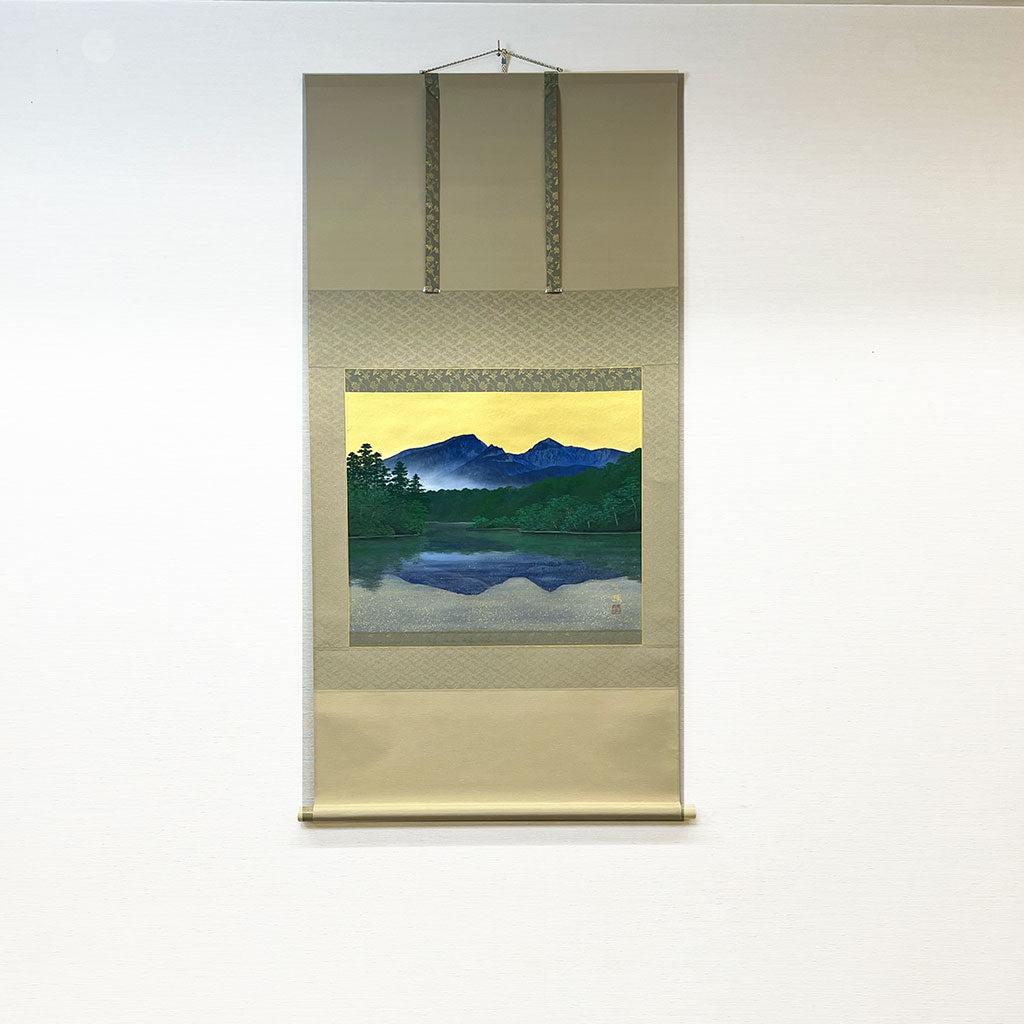
![Japanese Hanging Scroll [Kakejiku] by Tomohiro Shimada 'Mt. Bandai' - Image 2](https://store.kyotohandicraftcenter.com/cdn/shop/files/20241202_1_1024x.jpg?v=1735016105)
![Japanese Hanging Scroll [Kakejiku] by Tomohiro Shimada 'Mt. Bandai' - Image 3](https://store.kyotohandicraftcenter.com/cdn/shop/files/20241202_2_1024x.jpg?v=1735016105)
![Japanese Hanging Scroll [Kakejiku] by Tomohiro Shimada 'Mt. Bandai' - Image 4](https://store.kyotohandicraftcenter.com/cdn/shop/files/20241202_3_1024x.jpg?v=1735016105)
![Japanese Hanging Scroll [Kakejiku] by Tomohiro Shimada 'Mt. Bandai' - Image 5](https://store.kyotohandicraftcenter.com/cdn/shop/files/20241202_4_1024x.jpg?v=1735016105)
![Japanese Hanging Scroll [Kakejiku] by Tomohiro Shimada 'Mt. Bandai' - Image 6](https://store.kyotohandicraftcenter.com/cdn/shop/files/20241202_5_1024x.jpg?v=1735016105)
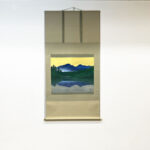



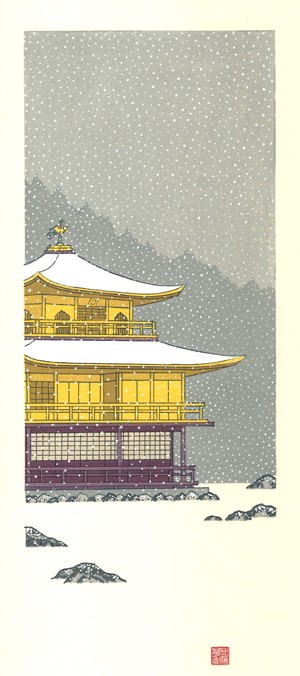
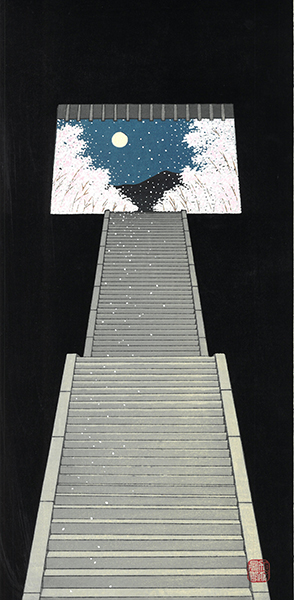



Reviews
Clear filtersThere are no reviews yet.